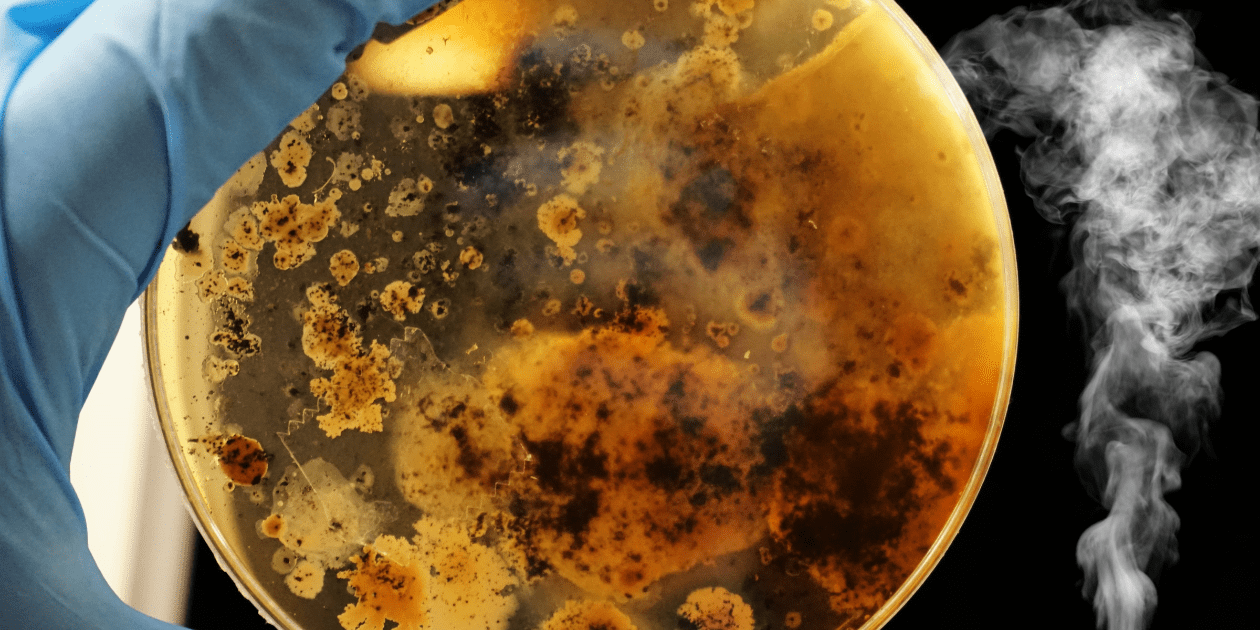Laminar flow hoods are a piece of mushroom-growing equipment that will become vital as you enhance your mushroom growing setup. Having a mushroom flow hood will provide your working environment with clean and contaminant-free fresh air. There are a few different varieties of laminar flow hoods which can be beneficial for different purposes and environments. Determining your need will be a critical step in picking a laminar flow hood that will suit you the best. Without further ado, let’s see what’s it all about!
Before we begin, the main component of a mushroom flow hood is clean air. Clean air is a crucial aspect of mushroom growing because contamination and mold can ruin mushroom grows very easily. Every mushroom grower with experience knows that unclean air can introduce mold into mushroom growing setups.
In the next section, we cover how flow hoods work and the basics of installation in your mushroom grow, as well as what’s best for your setup.
If you’re new to growing mushrooms, see our article here.
What Is a Laminar Flow Hood
A laminar flow hood, or a mushroom flow hood as some may call it, is a type of equipment used in mushroom cultivation to provide a clean and sterile environment for the growth of mushroom mycelium. It is an important tool for preventing contamination of the mushroom substrate, which can occur during the various stages of the mushroom growing process.
Laminar flow hoods work by using a HEPA (high-efficiency particulate air) filter in order to remove contaminants from the air. The air is then passed through a series of flow straighteners, which create a laminar, or smooth, flow of air over the surface of the mushroom substrate. This helps to prevent contamination from dust, bacteria, and other microorganisms that may be present in the air.
There are several types of laminar flow hoods available on the market, including vertical flow hoods, horizontal flow hoods, and benchtop flow hoods. Vertical flow hoods are typically used for larger mushroom growing operations, while horizontal flow hoods are better suited for smaller operations. In addition, benchtop mushroom flow hoods are compact and portable, making them ideal for use in home mushroom growing.
See more product details on laminar flow hoods here: https://fungi.com/products/the-series-i-laminar-flow-hood
Vertical Flow Hood vs Horizontal Flow Hood
As we mentioned there are two main types of laminar flow hoods: horizontal and vertical. Both types have their own unique features and benefits, and which one is best suited for a particular application will depend on your needs.
Horizontal mushroom flow hoods push air horizontally up and out. In these hoods, the air flows horizontally across the work surface, draws up through a filter and exhausts out of the mushroom flow hood. Horizontal laminar flow hoods are typically larger and more spacious than vertical laminar flow hoods. This aspect makes them a good choice for tasks that require a larger workspace or for working with larger samples. They are also well-suited for applications where a high volume of air needs to be moved through the hood, it is best used for commercial grow operations.
Vertical laminar flow hoods, on the other hand, are characterized by the direction in which the air flows through the hood. In these hoods, the air flows vertically downward through the mushroom flow hood. Vertical laminar flow hoods are typically smaller and more compact than horizontal laminar flow hoods. The size and operability makes them a good choice for laboratories with limited space or for tasks that do not require a large workspace. These vertical laminar flow hoods are a great option for smaller volumes of air. In other words, these types of laminar flow hoods for mushroom growing are great for mushroom growing activity.

What Is a HEPA filter?
HEPA, or High-Efficiency Particulate Air, filters are specialized filters that are designed to capture extremely small particles from the air. These filters are commonly used in a variety of settings, including hospitals, laboratories, and cleanrooms, where it is important to maintain a high level of air purity.
HEPA filters are made of a fine, porous material that is able to capture particles as small as 0.3 microns in size. This makes them much more effective at removing contaminants and particulates from the air than standard filters. Standard air filters are typically only able to capture larger particles. When it comes to fungi cultivation, heaving a HEPA filter in your mushroom flow hood is a must!
One of the main benefits of HEPA filters is their high level of efficiency. They are able to capture up to 99.97% of particles from the air. This makes them an effective tool for reducing the number of contaminants and particulates present in a given environment. This is especially important in settings where air purity is critical, such as the inoculation phase of growing mushrooms.
The Bottom Line
Using a laminar flow hood is an essential part of maintaining a sterile environment for mushroom cultivation. It is especially important when working with agar media, spores, or tissue cultures, as these are particularly susceptible to contamination. By providing a clean and sterile environment, laminar flow hoods help to ensure the success of the mushroom growing process and the production of high-quality mushrooms.
In addition to their use in mushroom cultivation, laminar flow hoods are also common in scientific laboratories, pharmaceutical manufacturing, and other settings where a clean and sterile environment is required. They are an invaluable tool for preventing contamination and ensuring the success of various scientific and commercial ventures.


